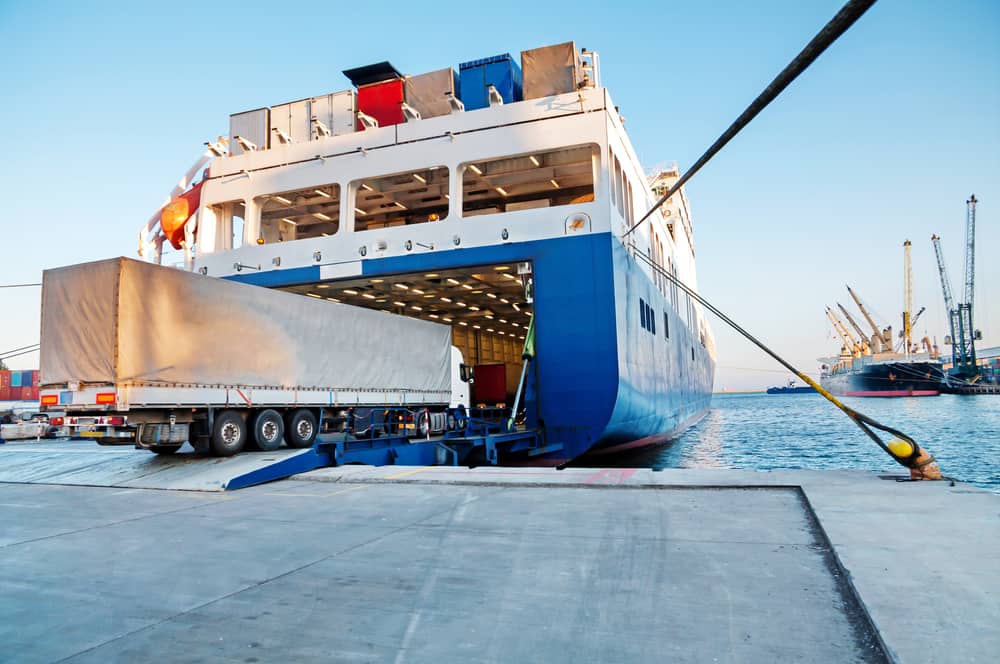These are small issues which are relatively easily solved once the key decision is made to do it. This is not a "the devil is in the details" matter. Instead it's a risk aversion issue that permeated the decision making process. The issues that you raise are the ones that will be pulled out of the sleeves of all those for whom the risk is too great - and you can bet your bottom dollar that those issues will be touted as monstrously complex deal breakers by those folks.
War and the prevention of war through deterrence is a matter of properly assessing risk. Currently our government's assessment of risk is that we can avoid making a decision while others make the hard choices. How's that working out for us at the UN? at NATO? in our international trade relationships?
We've got the world's 9th largest economy by GDP, two spots ahead of Russia, and people are wondering if we should still belong at the Big Boy's table.

We dither on every major decision - whether internal or international. Whether it is domestic pipelines, supporting local industries, military programs, formalizing 5G data networks, or common sense economic development - Canada dithers when it comes to any meaningful decision or commitment.
And while the rest of the world probably doesn’t notice it as much as we do, for obvious reasons - they are starting to notice. And that isn’t good.
A bandaid can only cover so much before people start to realize the wound is bigger than the bandaid. And we can all smile and pretend we aren’t hurt, to an extent… until we are in so much pain we can’t hide it behind a strong face anymore.
By delaying decision after decision, time and time again, the only people we are hurting are ourselves. Both in terms of economic stability and growth, and international reputation.
Do we deserve a seat at the big boy table? Historically, yes. Currently? No.
The rest of the world doesn’t care about the virtue signalling, social Justice warrior nonsense our federal government seems to radiate. (While ironically enough covering up scandals, and at times, blatant criminality.)
The rest of the world doesn’t care if half of a committee in Ottawa are female, or whether the font different between English and French is adequate on some letterhead. The rest of the world doesn’t care about the virtue signalling rubbish spouted in one day, while no firm commitment can be generated the next.
Why would companies like Bell Helicopters continue to have a factory here, if our government sabotages sales for them? (And a whopping 15 utility helicopters at that…).
Why would GDLS built IFV type vehicles here if they know the government may interfere and ban a sale to Saudi Arabia, when the USA would help facilitate the sale AND tax them less?
Why would large companies continue to propose projects that would employ thousands of local people, develop economic robustness, increase GDP, etc - if they know they will be told “No”, but only after waiting until the last minute?
If a developing country gave millions of dollars to folks who are friends of their national leader to support companies they own, yet dithered when it came to companies who applied for funds or permits via a proper process, we would call it corruption. But according to dipshit & co, that isn’t the case when
they do it.
And for what? Votes? From a general public that doesn’t pay attention to anything the media isn’t shoving in their faces?
I do love Canada. I miss the vibrancy and spirit that used to exist here, at least more noticeably.
But do we deserve a seat at the big boy table? Maybe we need a timeout until we can start making big boy decisions?
<rant off, sorry!>




